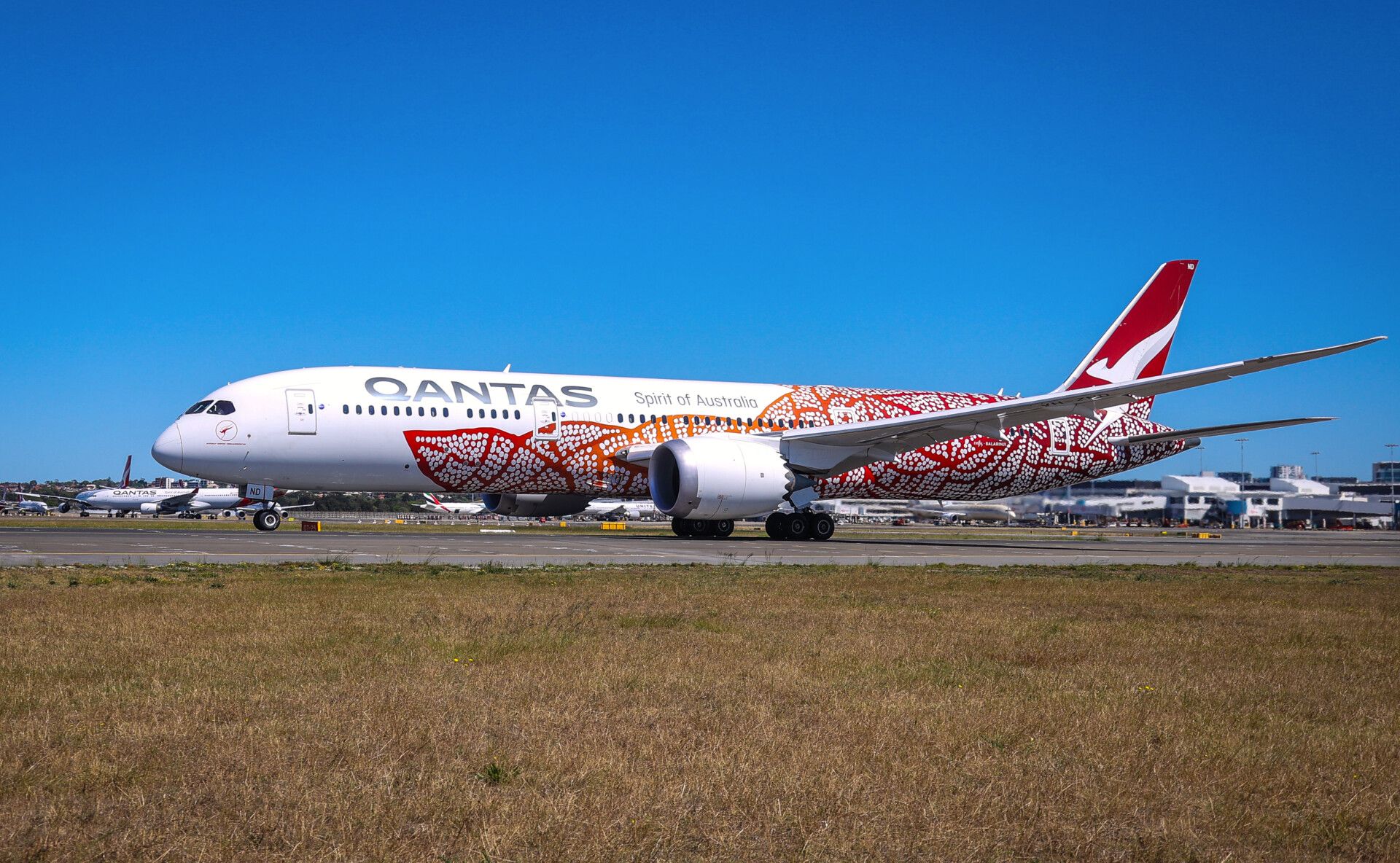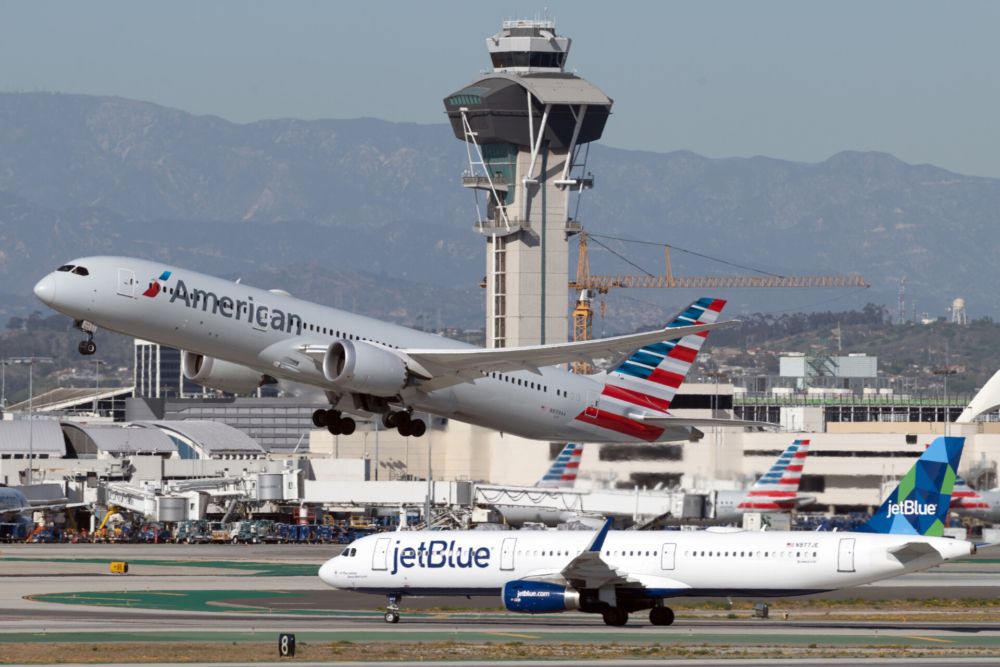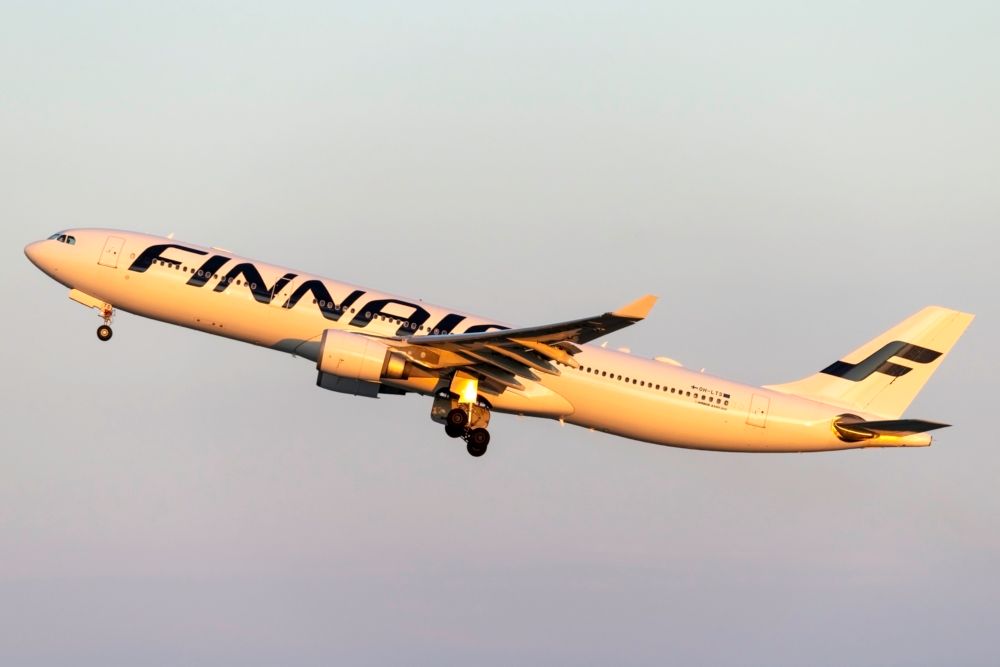Airfares have been all over the place the past year. At one point, airlines were nearly giving away seats in some places, whereas in others, you needed to pay an arm and a leg to get one out of a few available seats, as carriers adhered to incoming passenger quotas. Tickets between the US and Australia still cost over $5,000, so when can we expect a return to more 'normal' prices?
Borders reopen, but can anyone afford to travel?
All through the pandemic and the following travel restrictions, reports of ridiculously priced airline tickets have flooded in. Tens of thousands trying to get back to Australia have been particularly affected as the government capped the number of passengers allowed on a single flight, prompting carriers to sell seats at exorbitant prices.
And as the country prepares to reopen its borders from November, it doesn't look much brighter for those hoping to escape overseas. According to a report put together by booking website Kayak for the Guardian, prices on the route between Sydney and New Delhi average close to $4,000 for a return trip over the coming two months.
Sydney to London lands somewhere just over $3,000. When Simple Flying checked the Kayak website, a nonstop ticket with Qantas between LAX and Sydney and back again in late November went for $5,000.
Stay informed: Sign up for our daily and weekly aviation news digests.
US slowly stabilizing
After an expensive summer, airfares in the US are expected to drop to about $260 for an average domestic return ticket over the slower leisure travel fall season. This figure, about 10% less than summer prices, is well below the average cost of a domestic ticket in 2019. In turn, this can be explained in part by the so lucrative for airlines business travel failing to make a comeback.
However, it is much more difficult for airlines to balance incoming and outgoing demand across international borders. As such, ticket prices are predicted to remain high for international and long-haul flights from particularly Australia for up to a year as carriers cautiously calibrate their commitment.
As Australia will still be off-limits to international tourists until some time next year, returnees along with students and skilled migrants are unlikely to make up enough of a clientele for airlines to increase their schedules. After over a year of operating near-empty flights, carriers will want to make sure any increase in capacity will be justified by demand.
A whole range of long-haul fares
However, between other parts of the world, airfares are lower than ever. When checking ticket prices from, for instance, Amsterdam to Bangkok and back - with Thailand opening to foreign tourism next month - can be had for as low as $417 in November with a stopover in Helsinki or Doha, with Finnair or Qatar Airways respectively.
Return flights between Rome and Sao Paulo can be had for under $470. Dallas to Paris will cost you a little over $570, and Singapore to Seoul slightly more than $600. Meanwhile, flights between Auckland in New Zealand and Hong Kong during the same month sell for over $2,000. Tokyo to Addis Ababa clocks in at slightly less, costing from $1,760.
It is clear that despite Australia's intention to reopen borders, actual travel may remain prohibitively expensive for most - in either direction - for potentially as long as another year. What will happen to prices across the rest of the world as demand returns is unclear. Many predict air travel will become more expensive compared to pre-pandemic levels, especially with rising fuel prices. Although, thankfully, no one expects $5,000 for a ticket down under to become the new norm.
How much did you pay for your last plane ticket? Was it more or less expensive than pre-pandemic? Leave a comment below.



